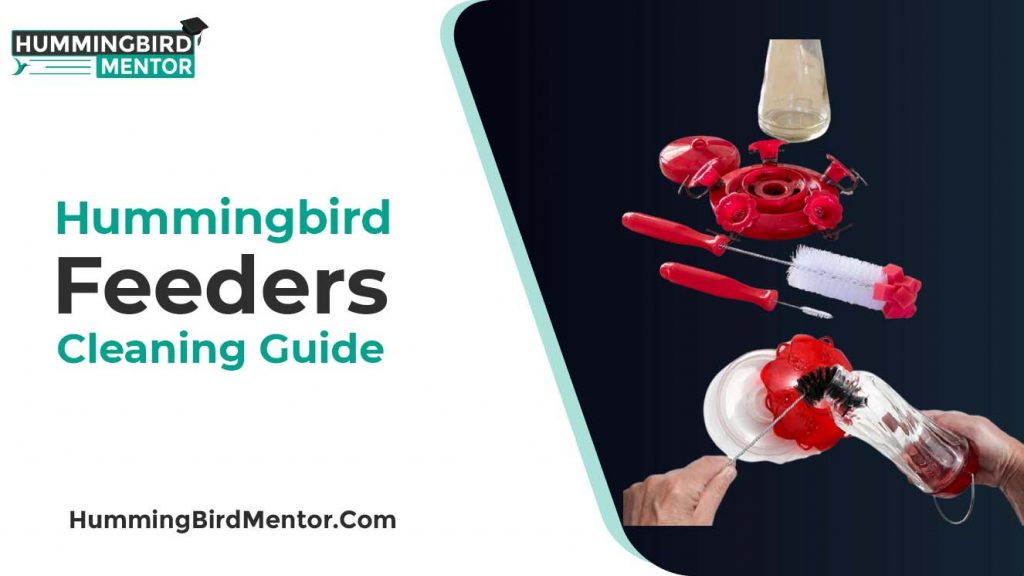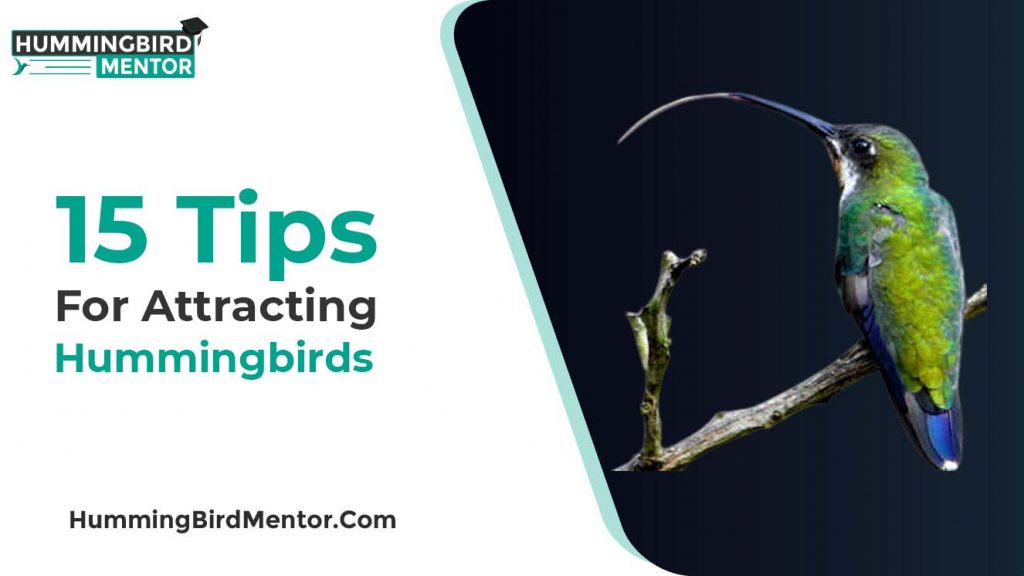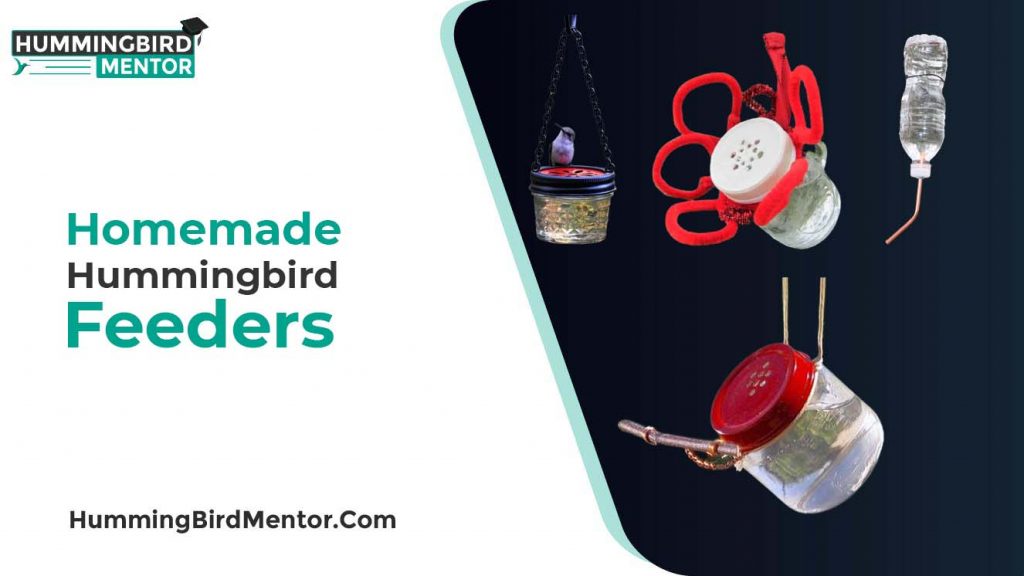There are many types of great plants that attract the hummingbirds to your feeder; it’s fortunate for the people who wanted to enjoy gardening and bird watching. All the bird watchers wanted to attract these tiny birds with the nectar-filled flowers. You can also build a beautiful landscape with these plants that will be the talk of the neighborhood and attract the hummingbirds to your feeder. Although the red flowers are famous for catching the hummingbird’s eyes, you are not limited to only use them as there are many other flowers, including purple, white, orange, pink, and blue.
Your aim of building the hummingbird-friendly garden should not be based on the flower colors; you should choose the mix of different sizes, textures, forms, and bloom times. Make sure to select the diversity of plants available in your garden center. You can choose from the different types, including the annuals, perennials, vines, shrubs, trees, bedding plants, and hanging plants. Let’s see the best plants that attract hummingbirds to your feeder.
1. Bee Balm Plant (Monarda Didyma)
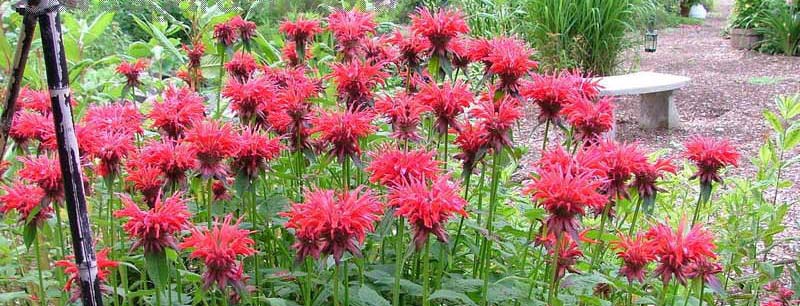
It’s one of the very interesting and attractive plants in the garden, which is a magnet for hummingbirds, butterflies, and other pollinators. The full spikes and spherical shape of the perennial bee palm can also increase the beauty of any garden. Bee Balm plant typically grows two to four feet tall and needs diving in every three to four years. Usually, the Bee Balm flowers are red but also available in purple and orange colors. The perfect conditions for the Bee Balm plant are the full sun to part shade with the rich, medium moisture to wet soil.
2. Cardinal Flower Plant (Lobelia Cardinalis)
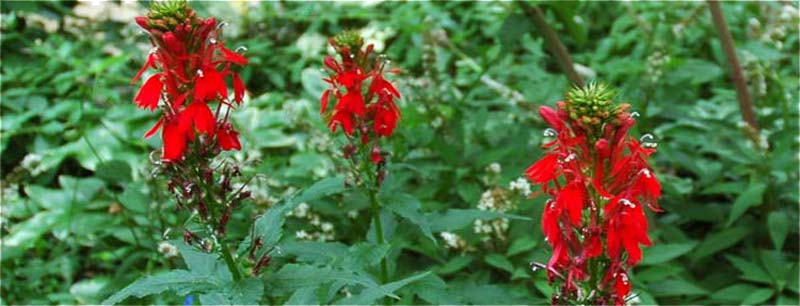
Lobelia Cardinalis is a member of the Lobelia genus of flowering plants, producing a stalk of flowers on a four-foot-tall stem. The nectar-rich red blooms of this flower are perfectly shaped to provide the best food source to the hummingbirds. It’s also very helpful to keep the soil moist in your garden and don’t require any division. They are short-lived perennials, but usually, they freely self-seed in colonies. You can choose among the scarlet red, white, and rose cultivars. The perfect conditions for the Cardinal flower are the full sun to part shade with rich, medium-moisture to wet soil.
3. Zinnia Plant (Zinnia Spp.)
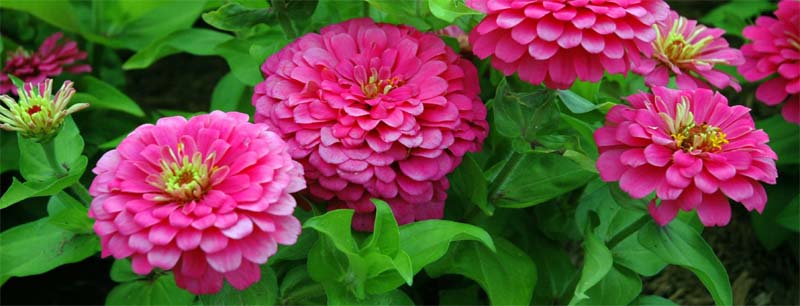
It’s one of the easiest flowering plants to grow to attract hummingbirds to your feeder. The bright bloom colors of these flowers are very attractive for hummingbirds and other pollinators. There are hundreds of cultivars categorizes in different groups according to their specific growth habitat and flower shape. Zinnia flower plants can grow up to six inches to four feet with different hue colors. After feeding the hummingbirds, the flowers develop to produce seeds to attract the finches and other seed-loving birds. Moist soil is best for them to grow; these conditions can also cause fungal diseases. So, make sure to plat them at certain distances to give them a proper space for ventilation. They normally grow as an annual and come in all the colors except blue and brown.
4. Salvia Plant (Salvia Spp.)
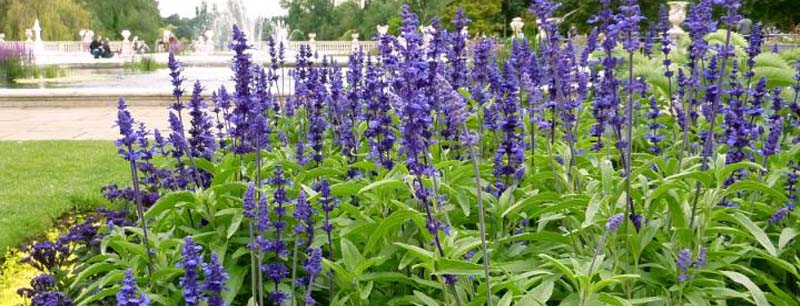
Salvia Flower plant is a large one that belongs to the mint family with several annual and perennial species. It’s one of the great plants for the backs and centers of flowerbeds to attract the hummingbirds on the garden feeders. They usually emerge in the mid-summer and bloom through the late summer. They grow up to 18 to 36 inches tall and can repeatedly bloom if kept moist. Don’t need any division and steadily increases in size with time. You can choose from mauve, pink, purple, and blue colors. The ideal conditions for the Salvia flowers are the full sun with the dry to medium moist, well-drained soil.
5. Bleeding Heart plant (Lamprocapnos Spectabilis)
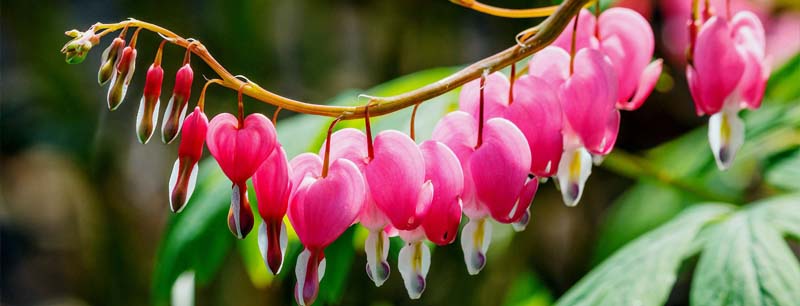
The bleeding heart plant produces the perfect attractive and dangling flowers with heart shape blooms. These plants can grow up to 24 to 36 inches tall and need to divide for transplanting purposes. Its perfect length can catch the hummingbird’s eyes from long distances. In the heat of summer, they turn yellow and die. But they can reliably return back in the spring in the moist soil. Make sure the soil is well-drained to prevent root rot. The popular flower colors are pink and white that like the part shade to full shade environment.
6. Butterfly Bush (Buddleia Davidii)

As clear from its name, this deciduous flower is equally good for attracting butterflies along with hummingbirds. The cluster of these special flowers repeatedly bloom from mid-summer through fall and provide you long-lasting bright flowers to catch the hummingbirds eyes. They perfectly develop in full sun and turn into the thick, luxurious shrub over time. These flower clusters attract many birds and provide great shelters for different types of birds. You can choose from pink, purple, and blue colors and provide them medium moisture to well-drained soil for perfect growth.
7. Trumpet Creeper (Campsis radicans)
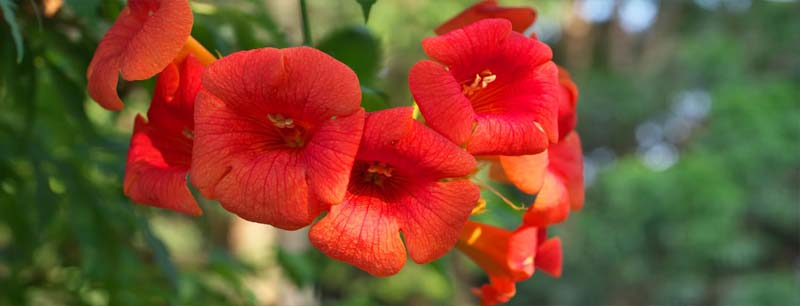
Trumpet Creeper is also known as the trumpet vine and hummingbird vine, which can quickly overpower a small area. They can climb over different surfaces, including the arbors, fences, and trees, with time. Their dense foliage and tubular flowers are perfect to attract hummingbirds. The perfect condition for the Trumpet Creeper is the full sun to partial shade with average to well-drained soil. The color varieties include orange, red, and yellow.
8. Lupine (Lupinus x hybridus)
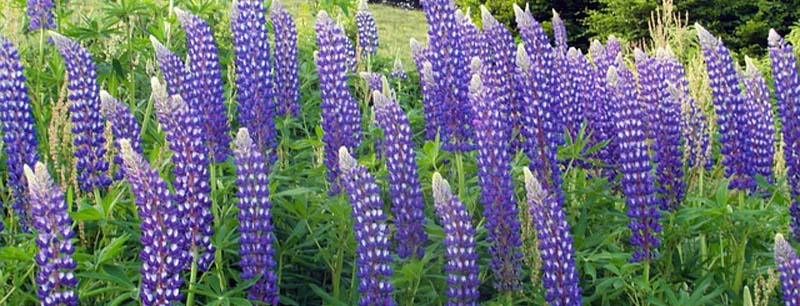
Lupine usually does not perform well in the home gardens, but many hybrids of Lupine can develop excellently. Though they are short-lived, these early-blooming flowers can attract the early migrants to your hummingbird feeder. The lupine plant typically grows from three to four feet tall with a spike of dense flowers. These plants need to be replanted every three years without any division. Hotter climates are suitable for Lupines, where they can grow as annual. You can choose from purple, blue, white, pink, and yellow colors. The ideal conditions for the Lupine plants are full sun with evenly moist and well-drained soil.
9. Columbine (Aquilegia spp.)

Many species of Columbine are planted in the gardens, but the more important are the hybrids that develop from Columbine plants. They are mostly used as edge-plants around the fences and flower beds, which grow up to one to three feet tall. You can remove the flowers after blooming to promote the additional flowers. The color varieties of the Columbine plant include blue, purple, and pink. They grow perfectly in the full sun to part shade with average to well-drained soil.
10. Petunia (Petunia Group)
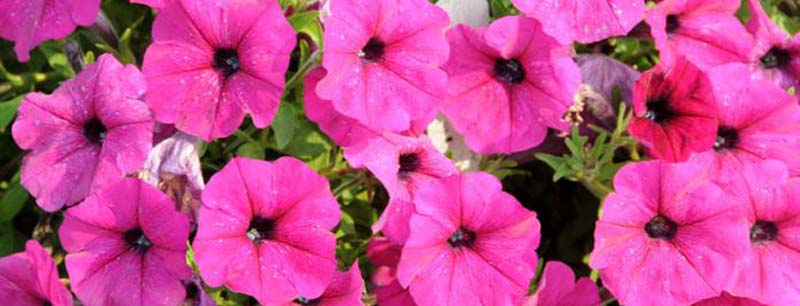
Petunia is one of the most popular annual flowering plants as it’s very easy to grow. But they are a little expensive as compared to the other plants on the list. The sunny locations are perfect for their growth, but you can also use the containers, borders, and baskets to grow them. They thrive in the full sun and repeatedly bloom to provide abundant nectar to hummingbirds. Their color varieties include pink, white, red, purple, blue, and mixed colors. Make sure to provide medium moisture to well-drained soil for their perfect growth.
